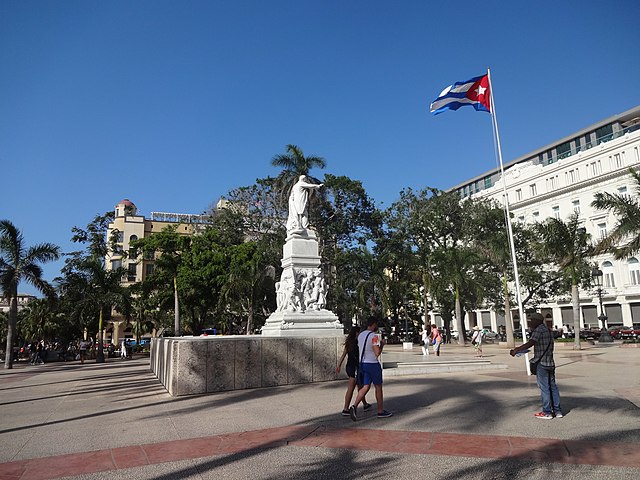
HAVANA, CUBA – In December of 2014, lawmakers and farmers expressed optimism that Cuba would soon become a good trading partner and neighbor as the United States announced the re-establishment of diplomatic relations and executive actions to ease trade and travel restrictions.
Nine years later, the numbers don’t show the same excitement.
In 2008, annual U.S. agricultural exports to Cuba hit $711 million, declining to $185 million in 2015. Export sales then slowly increased to $371 million last year and, though up more than seven percent this year, are still well below the goal of $400-$500 million this century.
Rep. Rick Crawford (AR-01) once led the charge in Congress based on potential sales of U.S. rice and the warming of relations. Today, however, he points to two culprits for cooling expectations.
First, reports began surfacing that American diplomatic personnel in Cuba had experienced unusual, unexplained health problems like ringing in their ears, later referred to as Havana Syndrome. Then, Crawford says, Cuban president Miguel Díaz-Canel decided to align with Nicolás Maduro in Venezuela following a suspect presidential election, which in turn aligns the country with China, Russia, Turkey, Saudi Arabia, and Iran.
Despite the 46 percent decline in agricultural exports in September 2023, chicken and pork products top the list of most exported commodities, and Cubans continue to look to import lawn equipment and used automobiles to the island nation.
